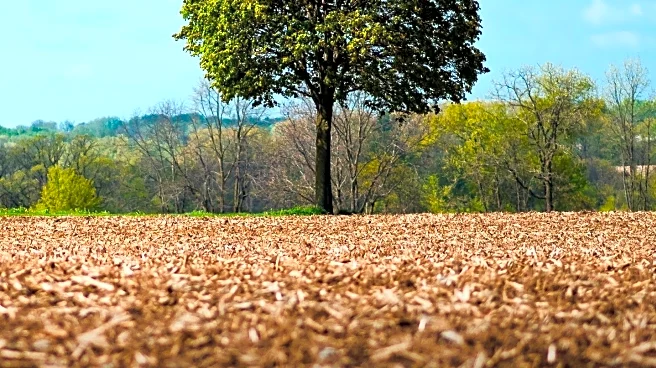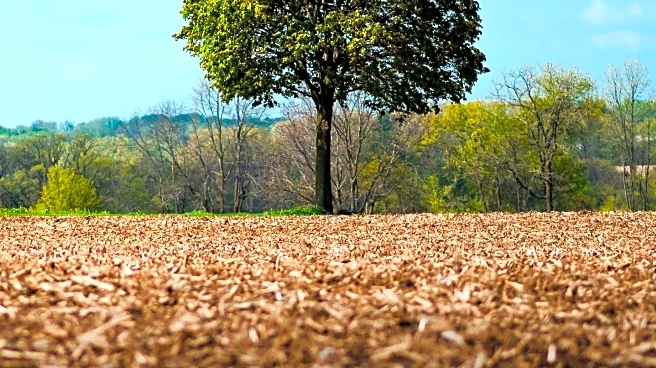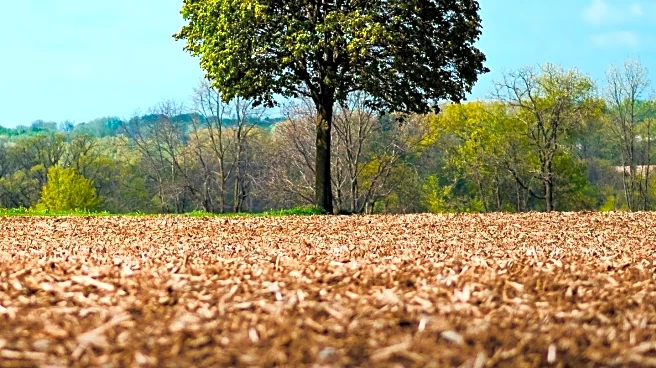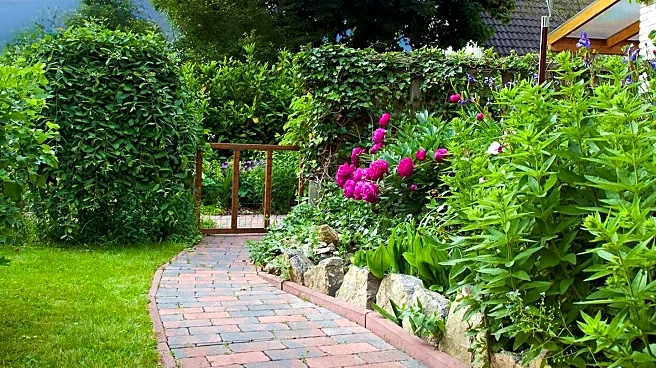What's Happening?
A recent incident at a Best Buy parking lot has sparked concern over improper mulching practices, commonly referred to as 'mulch volcanoes.' A photograph shared on Reddit depicted trees surrounded by excessive mounds of mulch, prompting discussions among tree enthusiasts and experts. According to Ohio State University, while mulch can be beneficial for trees, incorrect application can lead to long-term damage, such as root damage and stress, which may ultimately kill the trees. Experts recommend a 'donut' approach to mulching, where mulch is applied in a ring around the tree base, rather than piled up against the trunk.
Why It's Important?
The improper mulching practices highlighted in this incident have broader implications for urban landscaping and environmental health. Trees play a crucial role in urban environments by providing shade, reducing temperatures, and improving air quality. Incorrect mulching can undermine these benefits by damaging trees, leading to increased maintenance costs and potential tree loss. This issue underscores the need for better education and practices in landscaping to ensure the health and longevity of urban trees, which are vital for ecological balance and public health.
What's Next?
The incident may prompt businesses and local governments to review and improve their landscaping practices. Increased awareness and education about proper mulching techniques could lead to changes in how trees are maintained in urban areas. Stakeholders, including environmental groups and city planners, might advocate for guidelines or regulations to prevent similar issues in the future, ensuring that urban trees continue to thrive and provide their essential benefits.
Beyond the Headlines
This situation highlights the often-overlooked importance of proper landscaping practices in urban planning. It raises questions about the responsibility of businesses and municipalities in maintaining green spaces and the potential need for regulatory oversight. The incident also serves as a reminder of the interconnectedness of urban infrastructure and environmental health, emphasizing the role of informed community engagement in promoting sustainable practices.












